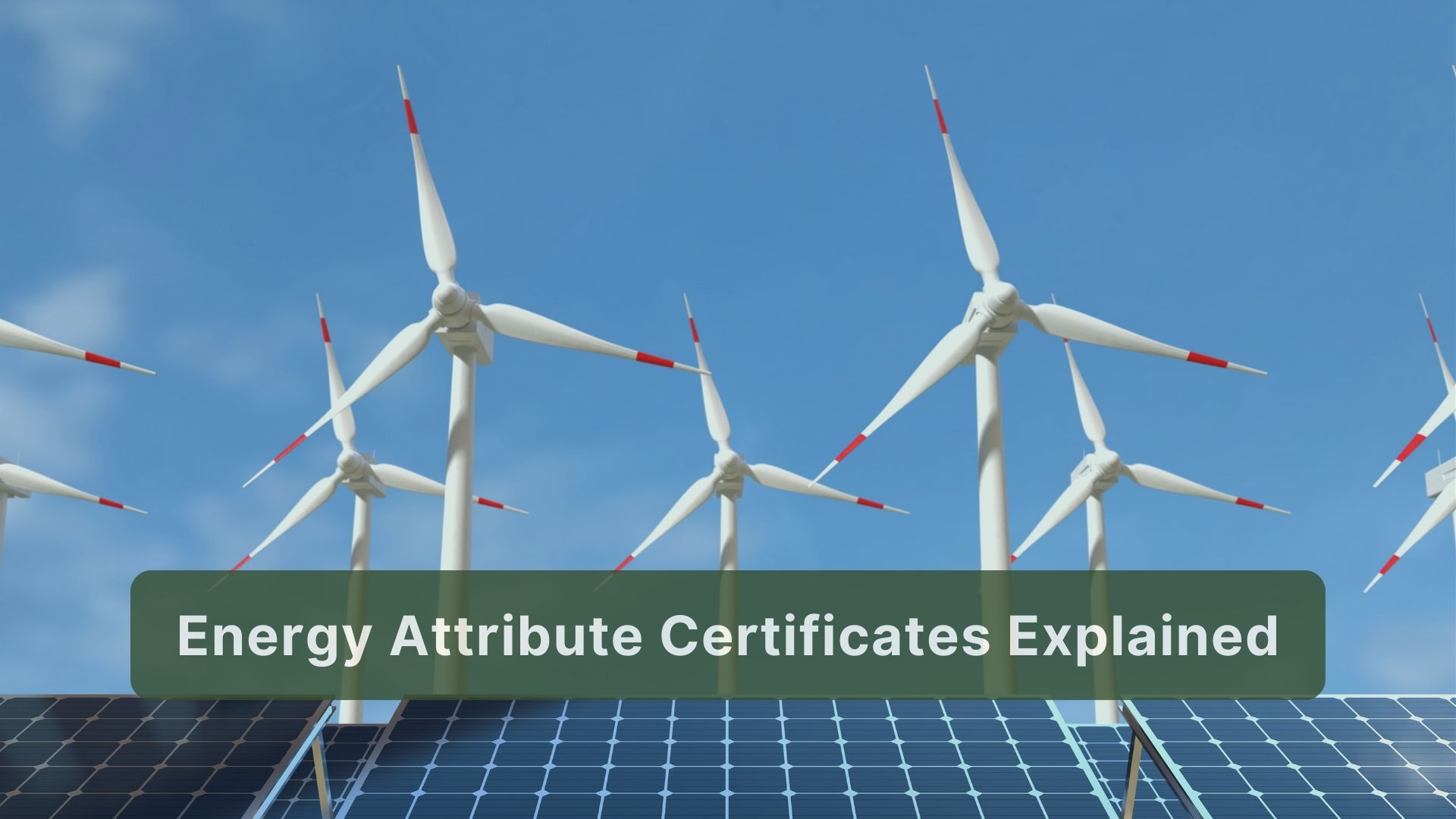What Are Energy Attribute Certificates?
Science

In typical grid-supplied electricity systems, electricity consumers cannot distinguish the energy facilities that are supplying their consumption at any given time. Consumers are increasingly demanding the information of the energy they purchase. Hence, contractual instruments are established to convey information about energy supply systems separately from the underlying energy flow.
According to the GHG Protocol, energy attribute certificates are a category of contractual instruments issued to represent certain information (attributes) about energy generation. These instruments are important to allocate attributes of energy production such as GHG emissions, air pollutants, nuclear waste quantities, and others to individual users. By purchasing these certificates, suppliers or users (especially corporate users) can make claims mainly about the GHG emission rate of the energy. However, some certificates are issued for regulatory purposes and are not intended to support consumer claims. Overall, energy attribute certificates serve 4 main purposes:
- Supplier disclosure: Energy suppliers may be required to disclose their fuel mix and related environmental attributes
- Supplier quotas: Energy suppliers may be required to source a portion of their load from specified renewable energy sources
- Levy exemption: Energy suppliers or consumers may be subjected to lower tax relating to environmental externalities if they can prove their generation/consumption
- Voluntary consumer program: To promote consumer demand for renewable or low-carbon energy, energy suppliers may offer a special tariff or label in addition to the standard offering
The types of energy attribute certificates differ according to the countries or regions; an example is Renewable Energy Certificates traded in the Unites States, Canada, and Australia. Relatedly, most energy attribute certificates have been generated from renewable energy sources.
The Use of Energy Attribute Certificates in Emission Accounting
In calculating Scope 2 emissions, the choice emission factor of energy is important. Energy attribute certificates rank first in the hierarchy of emission factors, meaning that it has the highest precision compared to other instruments such as power-purchase agreements (PPA). When certain attributes are codified in a certificate, the underlying energy technically becomes a ‘null power’ or energy without attribute identity. Users of null power energy cannot make claims without owning the certificate. For example, a company that purchased renewable energy but has sold the energy attribute certificate cannot claim that they consume lower-emission energy. Instead, they have to calculate their scope 2 emissions using other emission factors such as supplier-specific emission rate, grid average emission factor, or residual mix (default emission factors representing the untracked or unclaimed energy emission). Read more on GHG Protocol Scope 2 Guidance.
Want to expand your knowledge on decarbonization and carbon market topics? Don’t miss our weekly articles on Insights page and follow our LinkedIn to stay updated 🌳
